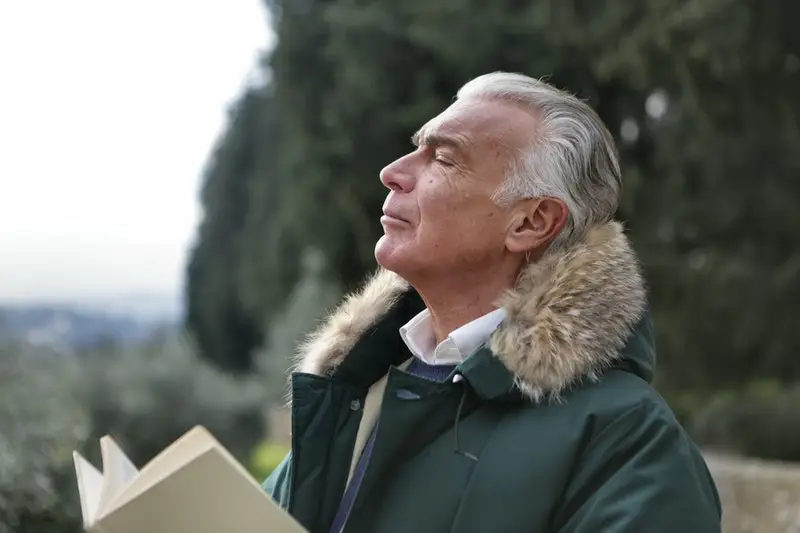Breathing and lowered lung capacity in patients are often neglected, yet it is one of the thriving regions of physical therapy. With the help of physical therapy, the patient can gain control over their symptoms and have a much more stable and faster recovery. Respiratory physical therapy helps the patient overcome their fear of breathlessness which can be followed by COPD or other lung illnesses.
Pulmonary rehabilitation has shown promising results in treating chronic lung diseases. Respiratory PT consists of training and educating the patient about their condition and how they can retrain their respiratory muscles and enhance their breathing technique efficiency. It can also assist through functional retraining to reduce the impact of fatigue during daily work. Patients with who are unable to walk, have unstable angina or have had a recent myocardial infarction should undergo pulmonary Physiotherapy.
Pulmonary rehabilitation programs are tailored to meet patients specific needs depending on lifestyle, resources available etc. but in general will include Exercise, Dietary advice, Disease education, psychological intervention, Behavioral intervention. Few of the methods to the relieve symptoms are as under:
- Maintain an uninterrupted breathing pattern, avoiding valsalva,
- Avoid unnecessary talking during tasks
- In Obstructive lung disease, the elderly population can pace during lifting tasks, lean forward (Increases the intra-abdominal pressure and pushes the diaphragm up in a more advantageous position and allows the accessory muscles of inspiration to pull the chest into inspiration)
- In Restrictive lung disease, rapid shallow breaths are easier (This prevents elastic resistance of the respiratory system)
- Relaxation of non-respiratory muscles can reduce anxiety related to dyspnea.
Apart from increasing lung capacity and reducing fatigue during breathing, respiratory Physiotherapy can significantly help through boosting confidence and reducing depression and anxiety. These therapies are well-known to help reduce smoking addiction and the risk of chest infection while promoting sleep and relaxation.
With careful guidance monitoring, physical therapy can improve the quality of life by decreasing or eradicating the effect of respiratory illness.





